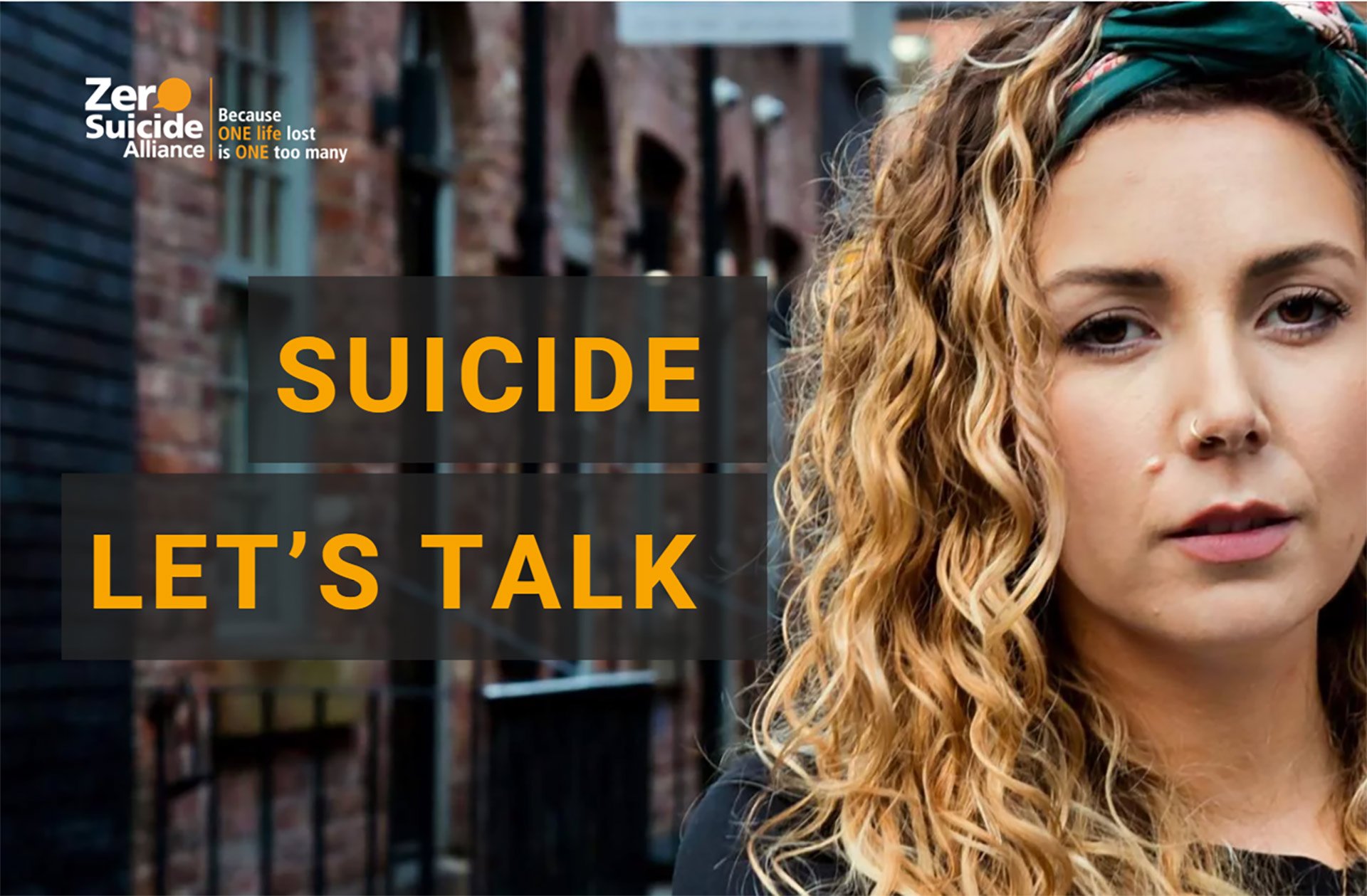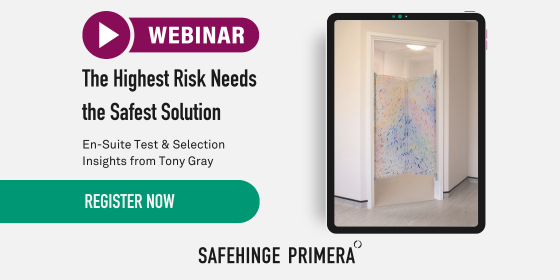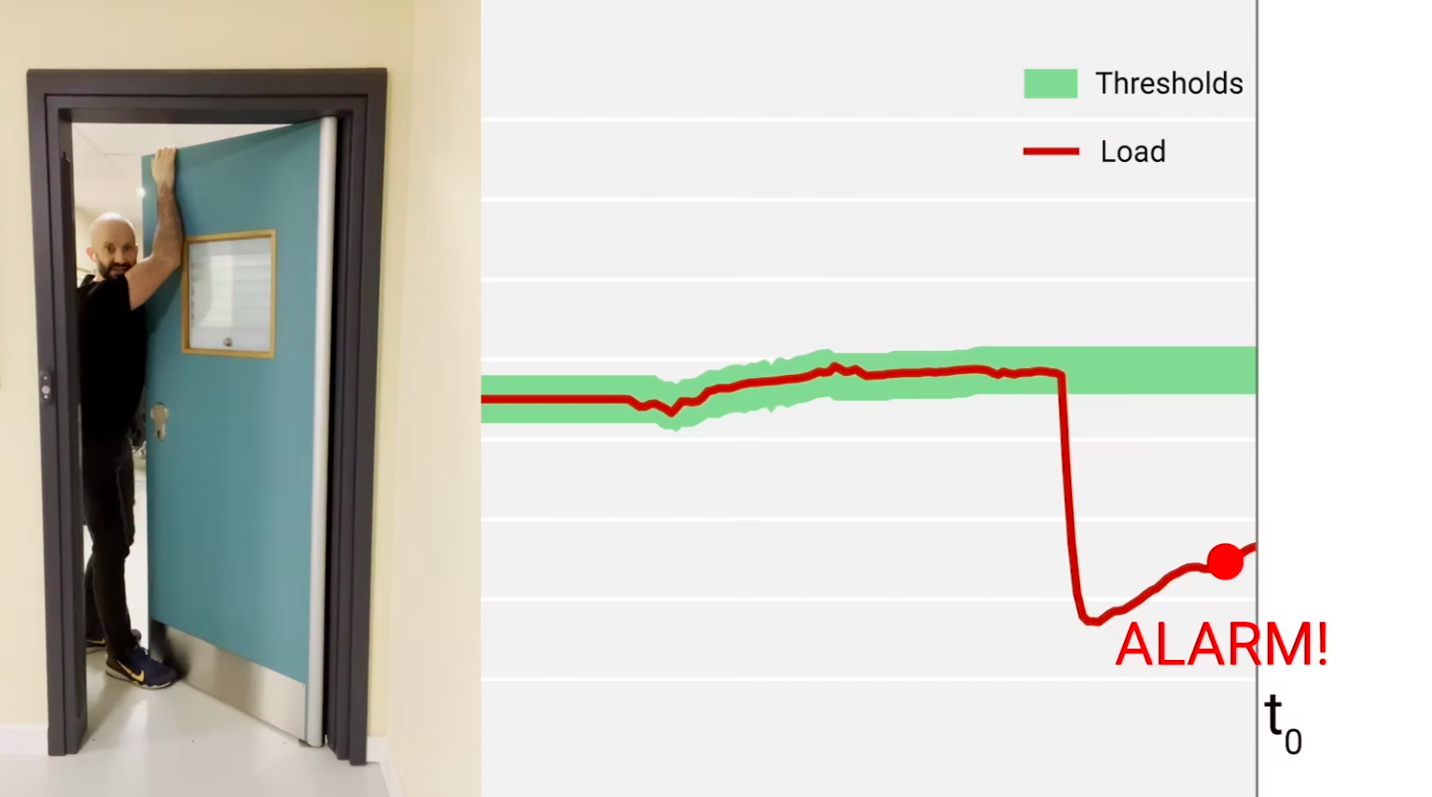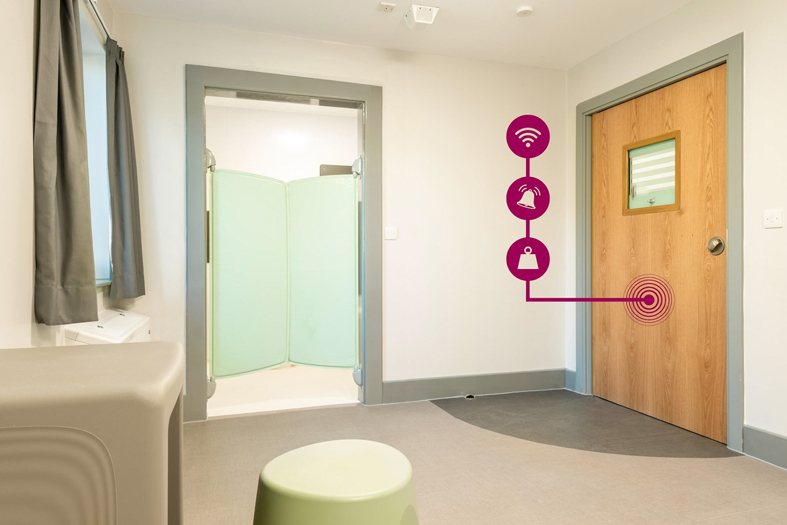As part of my work at Safehinge Primera, a number of colleagues and I took a short online course by the Zero Suicide Alliance a few months back. The free course focuses on how you can support someone who is at risk of suicide and help prevent an avoidable death.
Fast forward to World Suicide Prevention Day and the key messages from the course are still with me. Having known people who have died by suicide, I was initially hesitant and did find some parts of the course challenging, but I'm glad I did it. It’s given me the confidence and (some) ability to help someone in a time of need.

Image: Zero Suicide Alliance
Here are my 4 key learning points:
- If you think someone is at risk, you should be direct - ask "Are you thinking of killing/hurting yourself?" and avoid questions like "Are you thinking about doing something silly?" which can undermine the issue and prevent the person being open with you.
- Avoid comments like "think how your family will feel" as this can add to the individual's feeling of guilt or burden
- Approach the conversation with ‘kind persistence’ - you need to understand the real risk level so you can seek the appropriate help
- Be assured, asking someone if they're contemplating suicide will not put the idea in their head and might just let them know that this is a topic they can talk to you about. Offering to help is unlikely to do harm.
See the person, not the illness
One of our directors, Philip Ross, also took part in the same training. Alongside his experience with the Design in Mental Health Network and witnessing various clinical professionals in action during visits to live wards, he was able help a person in crisis while he was out with friends one Friday evening.
An individual, who was visibly anxious, starting shouting at a group and then attacked two people at random. While most people surrounding the situation were inclined to respond defensively, largely due to not understanding what was happening, a scuffle broke out. Thanks to the training and experience, Philip was able to see the person and understand the potential mental illness.
Together with friends, he stepped in to break up the situation and focus on the individual, providing reassurance that they were able to talk and that he would ensure they got help if that’s what they wanted. Observing self-harm marks on the person’s arms and a reference to a local mental health unit, he helped take the person away from the large group of onlookers to allow the small group of people to help calm them down. They listened to the person’s feelings and concerns. After some time, and with the persons permission, they called the local mental health crisis team and helped get the person access to hospital.
Philip couldn’t imagine having responded as calmly, without the suicide prevention training.
Making a difference in mental health
Suicide prevention training can be challenging, but personally, I find it comforting knowing that I am now better placed to help someone in a similar situation. I was really touched by Philip’s experience. It’s great to hear that at Safehinge Primera, we’re not only making a difference in mental health environments but able to help friends, family and strangers too.
You can find the course here. I would encourage everyone to take it.




